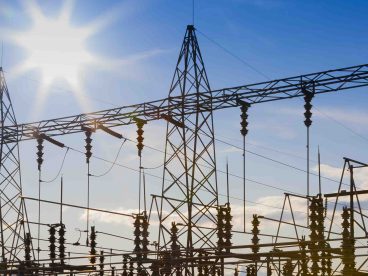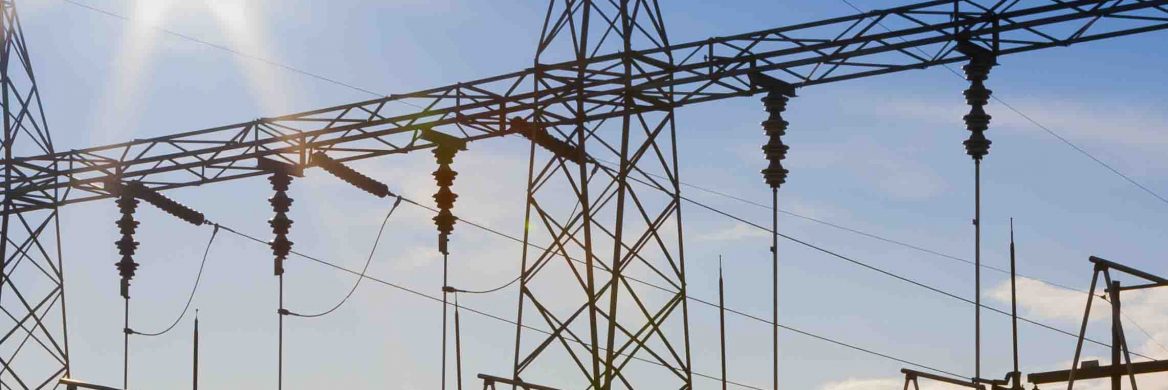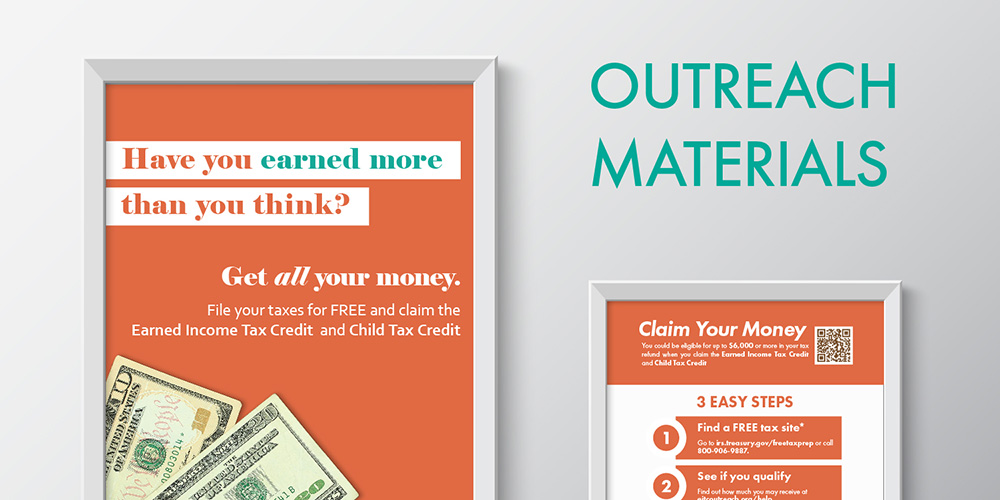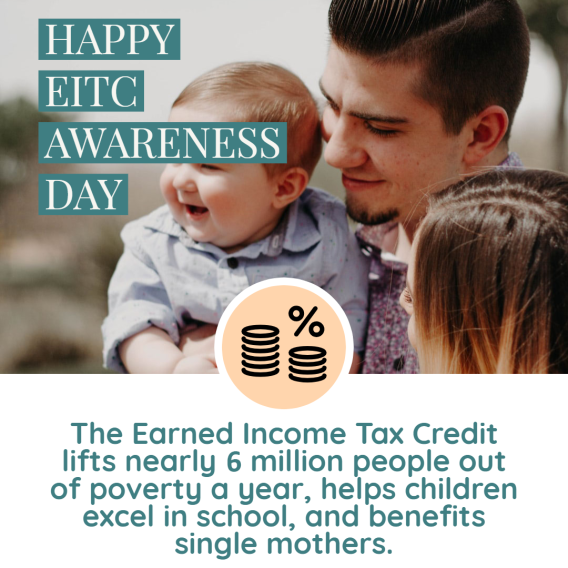
Some lower-income households are struggling to meet the soaring electricity, natural gas, heating oil, and gasoline prices. The Earned Income Tax Credit (EITC) and Child Tax Credit (CTC) can help families stay current with utilities, especially those in danger of having services disconnected. Utility companies have experience helping customers avoid service shut-offs and can communicate with lower-income households the advantages tax credits provide. They also have direct contact with businesses in the community — their corporate customers — and can encourage them to join tax credit outreach activities.
CONNECT WITH
- Find a “champion” within a utility company such as an executive in charge of consumer affairs or customer service.
STRATEGIES
1. Combine tax credit outreach with existing customer communications.
Utility companies can include tax credit information in customer newsletters, mailings, recorded “hold” messages, or company sponsored consumer affairs broadcasts. Utility companies can insert an envelope stuffer that has tax credit information with customers’ monthly bills. Customer service employees can also promote the EITC, the CTC, and free tax filing assistance to customers during phone inquiries and walk-in visits.
2. Reach out to employees.
Some employees of utility companies may qualify for the tax credits themselves. Companies can display flyers in the workplace or include them with paychecks.

3. Focus on populations that are likely to qualify.
Utility companies can reach out to customers who have fallen behind on their bill payments in the past or who receive energy assistance through programs like Low Income Heating and Energy Assistance Program (LIHEAP). Companies can inform customers that the EITC and the CTC will not affect their LIHEAP benefits. Contact your state LIHEAP office.

4. Support local tax credit outreach campaigns.
Utility companies can offer direct or in-kind support such as printing, laptop loans or donations, or office space to host a VITA site.







